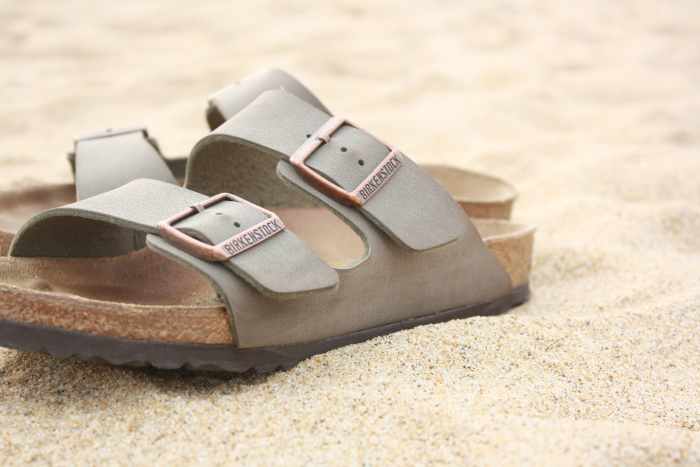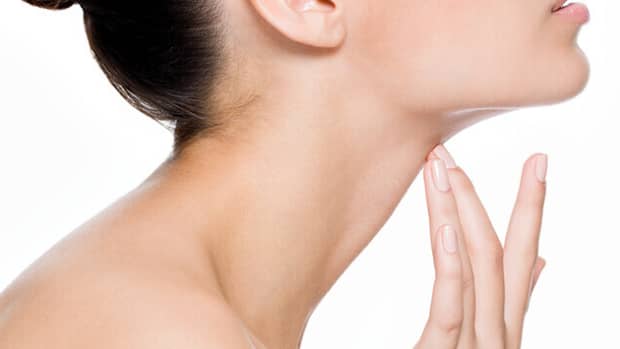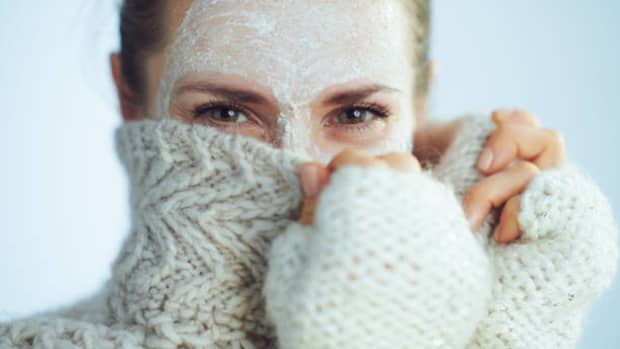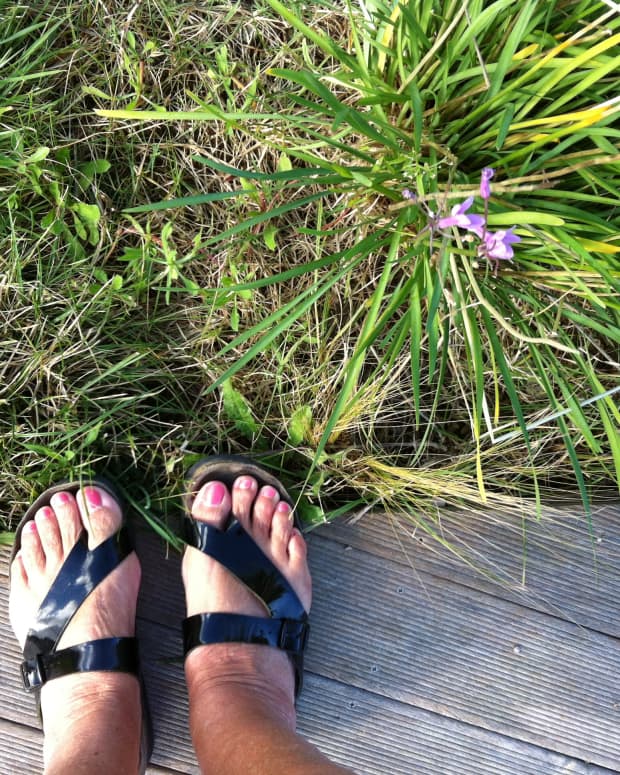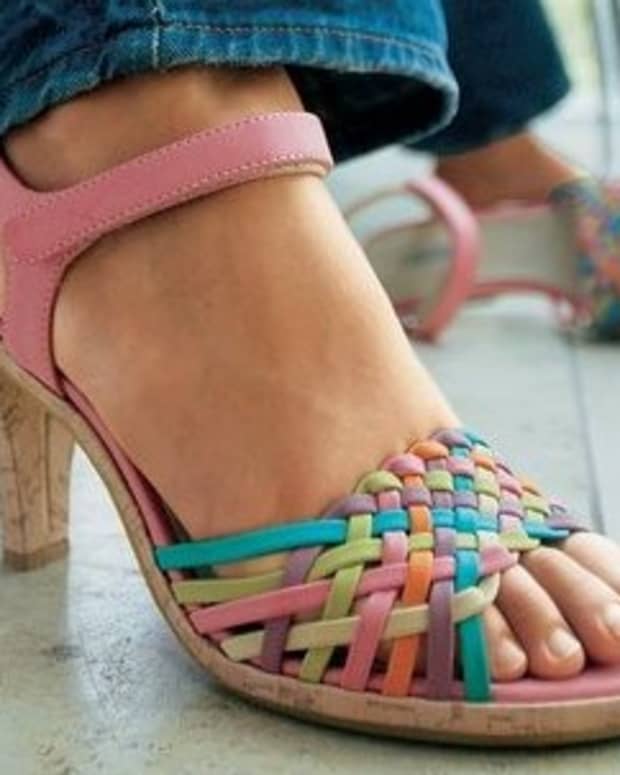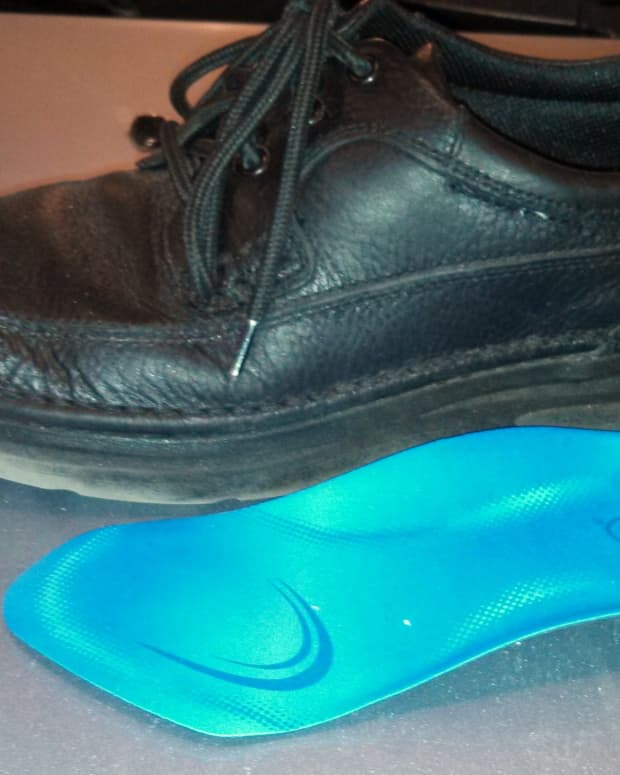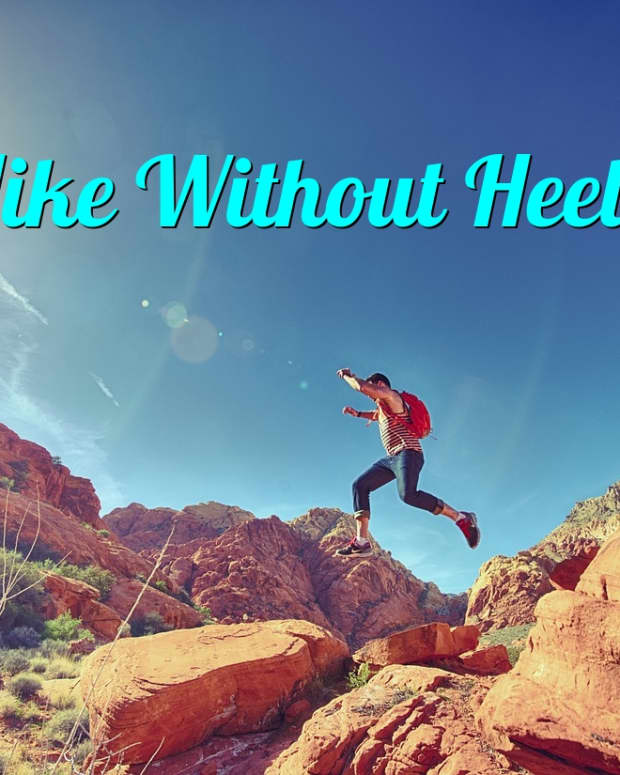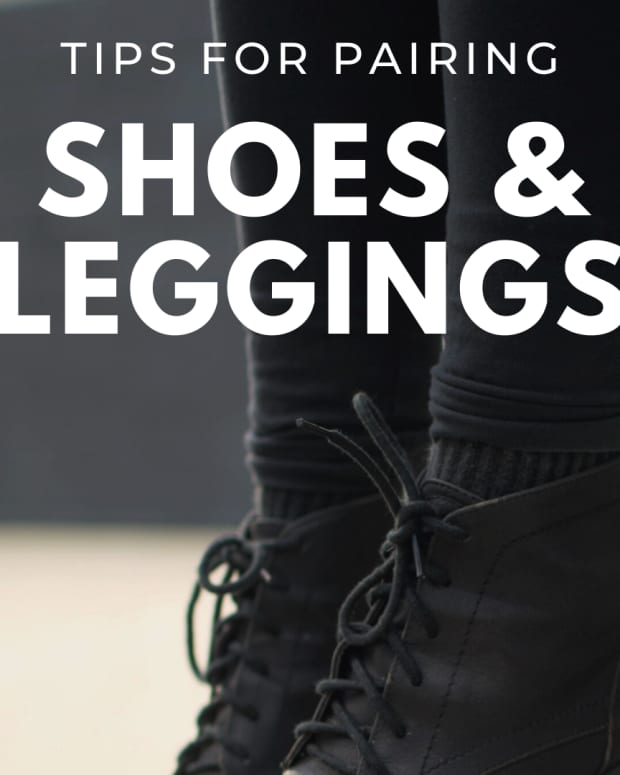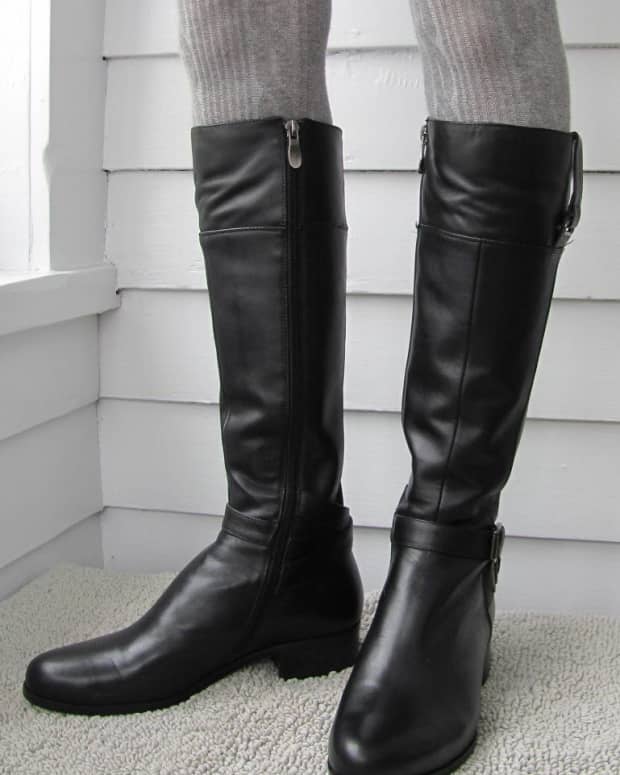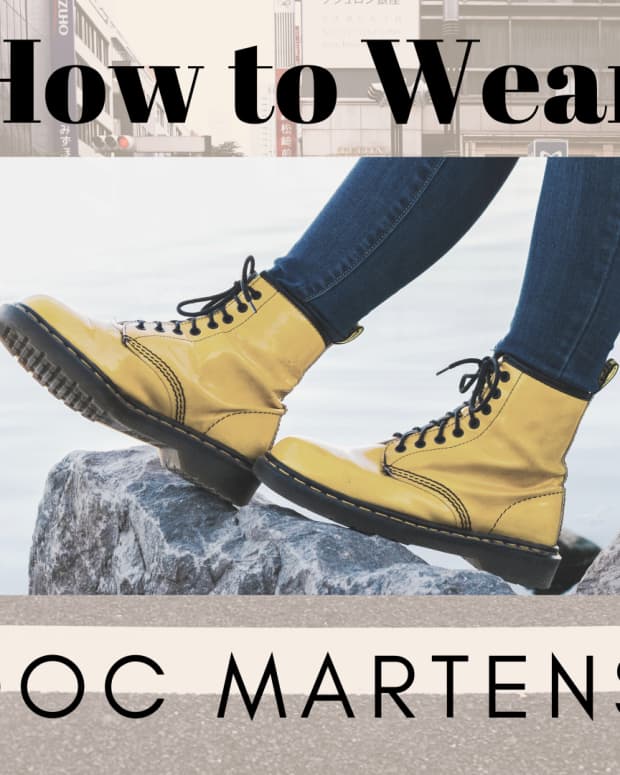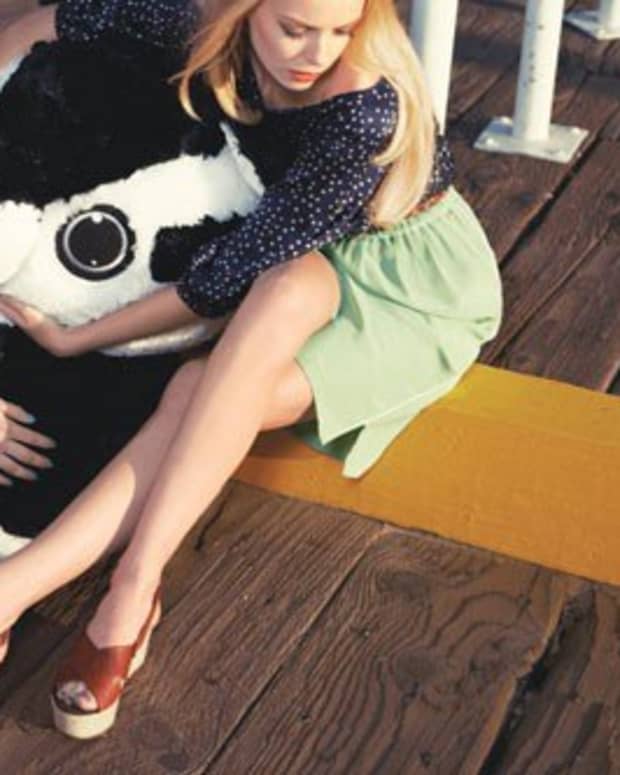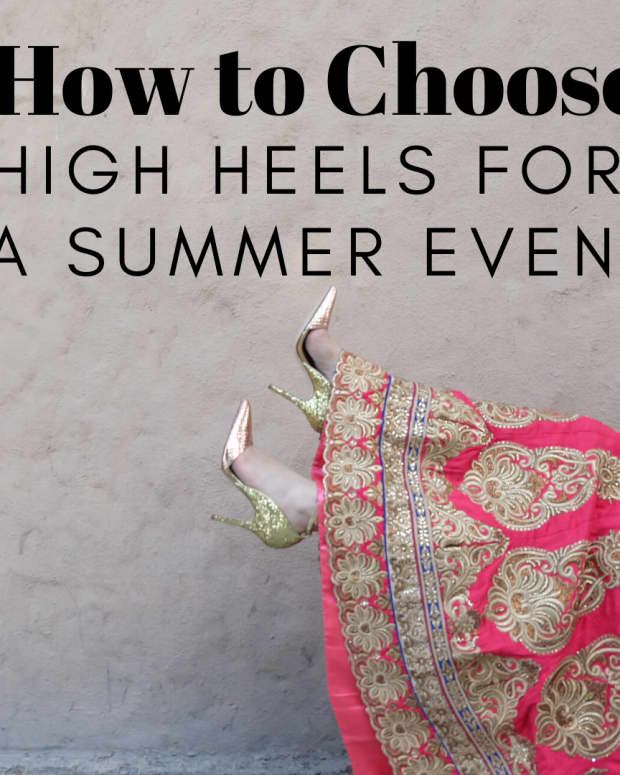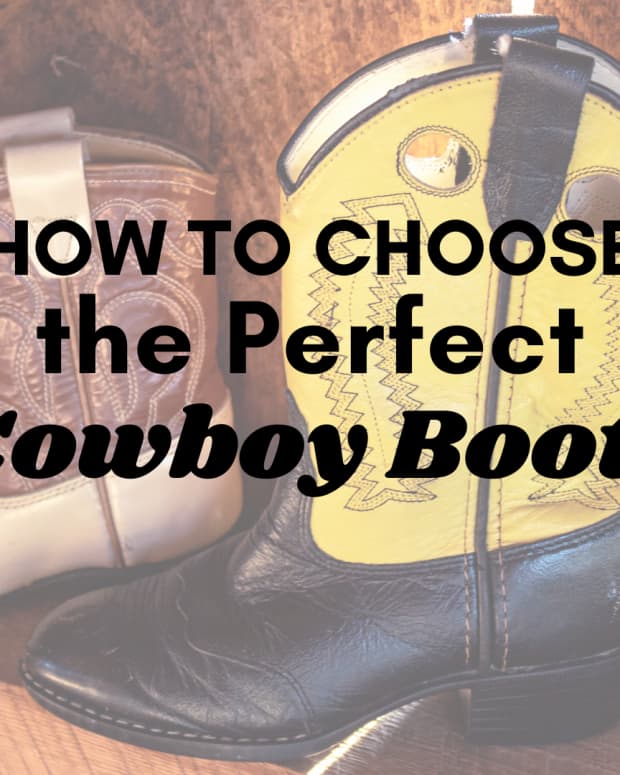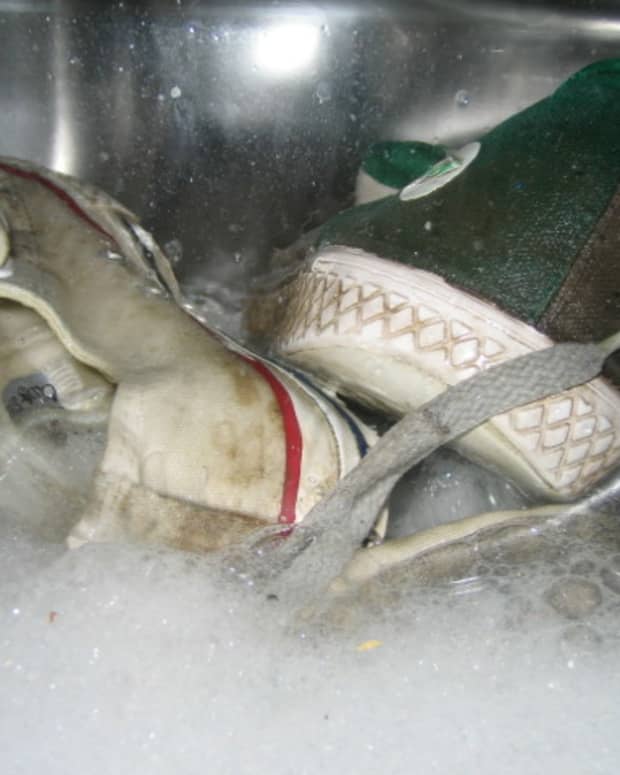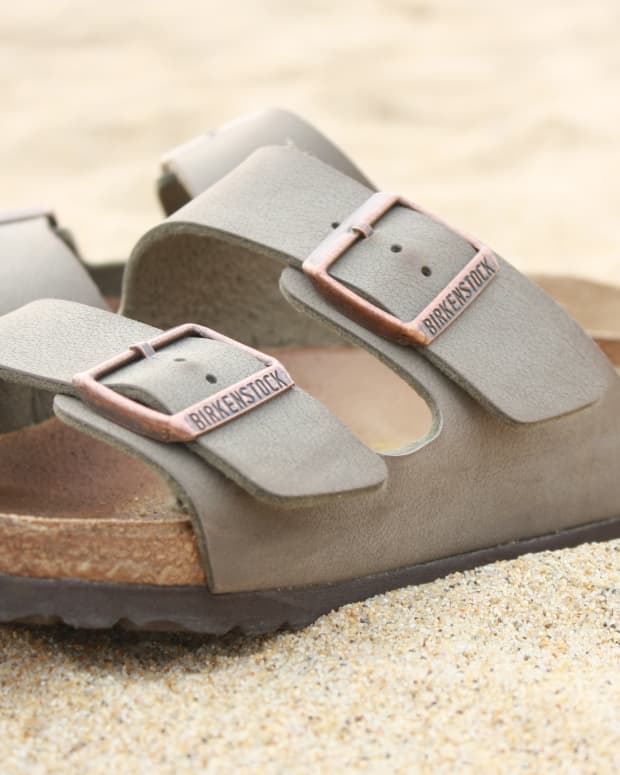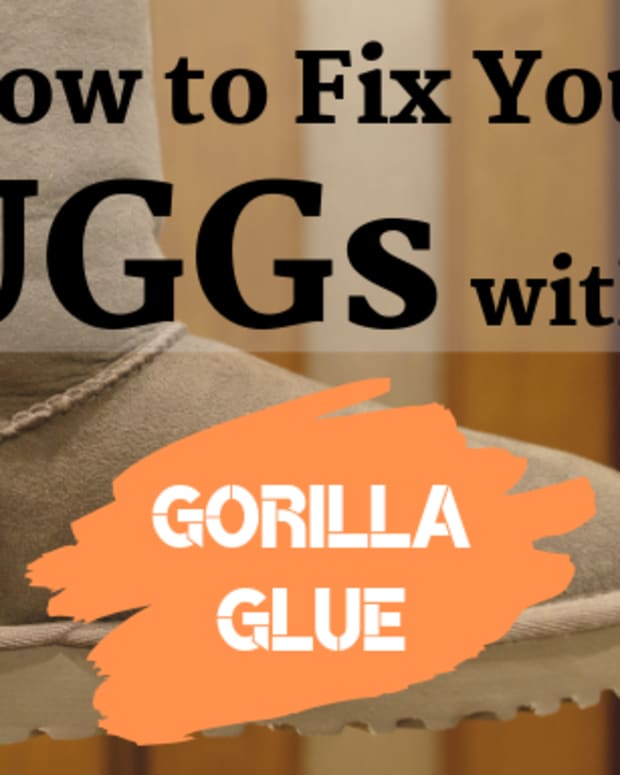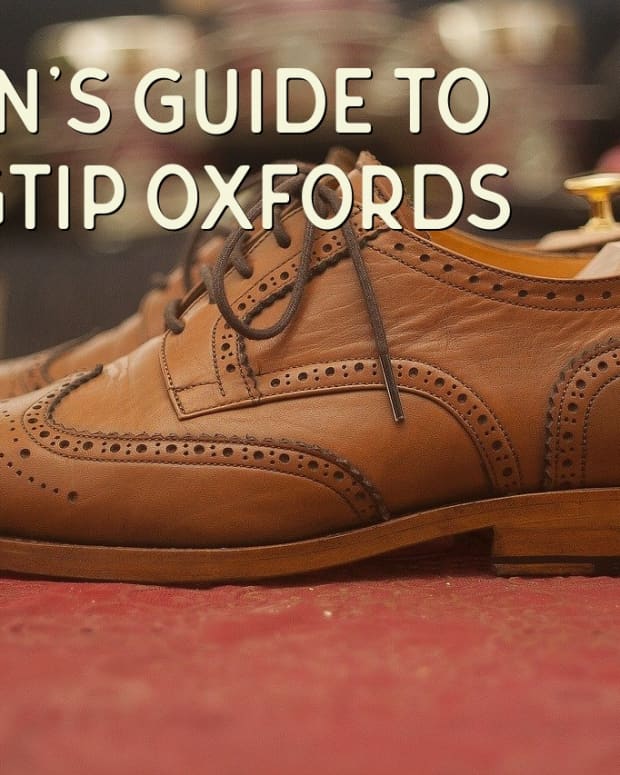How to Choose the Best Sandals for Plantar Fasciitis
I enjoy giving advice for good footwear for those that suffer from plantar fasciitis.
It's estimated that about 2,000,000 Americans suffer from plantar fasciitis at any given time. If you have this condition, choosing comfortable and supportive footwear can be quite challenging.
In this article, we'll look at five different things that folks who suffer from this condition should consider when choosing a sandal or flip-flop. But the following guide isn't just for sufferers of plantar fasciitis. Other common foot ailments, such as heel spurs or tendinitis, can also be prevented by wearing a solid pair of sandals.
Five Things to Consider When You're Looking for Healthy Sandals
It's way easier to find a good set of shoes for plantar fasciitis then it is to find an appropriate set of sandals or flip-flops. This is primarily due to the fact that plantar fasciitis affects a lot of athletes. As a result, companies like New Balance, Mizuno, and Brooks have created many different types of sneakers, trainers, and running shoes for active men and women looking for pain relief. The sandal market isn't quite as saturated. It is slowly catching up though.
1. Fit
Getting a sandal that fits is absolutely crucial if you want to prevent or solve a bit of pain. But it isn't as easy as just saying, "I'm a size 10!" There are a few different things that need to be right in order to consider an item of footwear to be a "good fit."
Length
- How often have you seen people sporting flip flops that are too short for their feet? Their toes are usually hanging off the front! This definitely isn't good.
- There shouldn't be any overhang whatsoever when you're wearing sandals.
- Conversely, a sandal that's too long isn't good either.
- Your foot is meant to sit snugly in the middle of the sole. Ensure that this is the case every time you try on a new pair.
Arch Height
- When you read about plantar fasciitis, you'll often come across discussions about arches. In simplistic terms, the "arch" of your foot is the part between your toes and your heel.
- If this part is considerably higher than your toes and your heels, then you have high arches. If your entire foot is at the same level, you have flat "arches." Now, obviously, it's not quite this easy.
- There are infinite possibilities in between high arches and flat feet. Most people who suffer from plantar fasciitis are either on one extreme or the other.
- When you're selecting a sandal, make sure you get one with a sole that is somewhat akin to your arch.
- Moszkito is a unique company that manufactures most of its sandals in two arch sizes: 16mm and 19mm. If your feet are of the flatter variety, the 16mm is probably the better option. This size will encourage, but not force, your feet to sit in a healthier position.
Width
Similar to the length, we don't want any overhang or too much free space. Birkenstock offers sandals in two different widths: normal and narrow. According to many, the "normal" sandals are actually quite wide. If you've never worn Birkenstocks before, I suggest getting yourself to a store and trying on a few pairs before purchasing. Once you know what your size is, feel free to buy these puppies anywhere. Some of the best deals can be found online.
2. Shock Absorbency
- Preventing PF is all about limiting the impact that your feet take every time you step. Footwear with some sort of "shock absorbing" feature is one way to do this.
- Shoes with rock-hard soles aren't good at all. These products force your feet to take the impact, which leads to over-extension of the plantar fascia, and, thus, subsequent pain.
- When you're selecting a sandal, note what the sole is made of. The most popular material is probably EVA. This is an elastic rubber-like material that's found in a variety of different footwear products. New Balance, for example, uses this material in its highly popular runners and cross trainers. EVA is firm enough to support your foot but soft enough to provide the necessary shock absorbency.
- Birkenstocks feature cork soles. These work well, but they're quite tough when you first purchase them. After wearing them for a short period of time, they'll soften.
- The best soles, in my humble opinion, are found in Mephisto's line of sandals. Their "soft air" technology is brilliant. Words don't really do these soles justice.
3. Footbed Shape
Feet are like snowflakes—no two are exactly the same. When you're selecting a pair of sandals, pay close attention to the shape and the contour of the footbed. Ideally, you want them to mirror the profile of your foot. You should take into account its arch, width, length, and all the little subtleties. Now, obviously, getting something that perfectly suits your foot's profile is going to be impossible unless you have the means to have something custom made.
The point I'm really trying to drive home is that it behooves you to try on a handful of different brands and types before making a decision. Everyone's feet are different, and what works for Susan won't necessarily work for Jane. While getting a sandal that's perfect may not be possible, you should be able to find something pretty darn close.
4. Style
Just because a sandal is comfortable, doesn't mean it has to be ugly! There's no reason to sacrifice style when you're looking for healthy footwear. As I noted off the top, shoe manufacturers today know that savvy consumers like us want it all—comfort, style, and value. We won't settle for anything less. While style is really a personal thing, here are my two cents.
Read More From Bellatory
Casual
- The best casual sandals on the market are made by Mephisto and Birkenstock. I've already outlined the amazingness that is Mephisto's Soft-Air technology. Not only are their sandals all kinds of comfortable, they're stunningly beautiful as well.
- Birkenstock offers fantastic value in terms of a price and quality ratio. The fact that you never hear anything bad about this company speaks volumes to me.
Sporty
- If you're into sportier footwear, I recommend the Taos Active series. They have funky names like "Hop" and "Skip," and both of these sandals feature high-quality components.
- Check out their contoured footbeds, rubber outsoles, and durable long-lasting materials.
- They also have more straps than your average pair of sport sandals, which offers extra support.
- Note that these sandals are made for folks with average-height arches. I've heard some complaints regarding comfort from some ladies with high arches.
Flip-Flops
- Traditionally, flip-flops and plantar fasciitis haven't mixed well. It was generally understood that anyone suffering from PF should avoid flip-flops at all costs. Thankfully, this has changed in recent years.
- Check out the brands Orthaheel Wave and FitFlop for an idea of what makes a "safe" flip-flop.
5. Price
And last but, certainly, not least, we come to price. Here's a basic outline of what you can get for X amount of dollars. There's something for every budget.
$40-$60: Orthaheel, Moszkito, and FitFlop
$60-$90: Taos and Birkenstock
$90-$300: Mephisto
Disclaimer: I'm not a doctor or a podiatrist of any kind. I've had bouts of PF in the past and know just how important good footwear is when it comes to both treating and preventing various foot conditions. I also know how much damage a bad set of shoes or sandals can do. If you're in serious pain, you need to see a doctor. Even if said pain is just starting, it behooves you to figure out what exactly is going on. Join some physiotherapy forums, and ask some questions. Read reviews on different shoes and see if it may be worth changing footwear—sometimes this is all it takes.
Comments
Alicia 76 on December 01, 2019:
Which is better cold therapy or hot
jberg_13 on May 21, 2013:
Thanks for the info! As someone recently diagnosed with PF, it's great to know what to look for in footwear!

